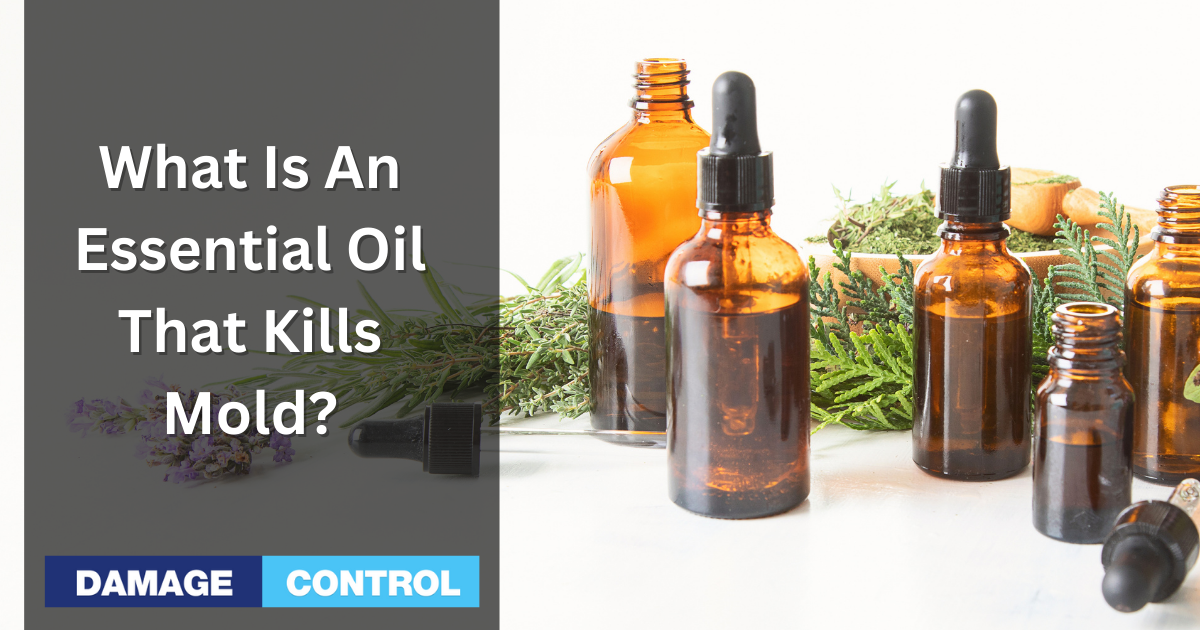Can Essential Oils Kill Mold?
You need to understand that certain essential oils contain anti-fungal properties. This is important to understand because many people operate under the false notion that mold is a type of bacteria. This is not true. Mold and bacteria are two completely separate things.
Mold is actually a type of fungus. That's right, mold has more in common with mushrooms than bacteria.
Mold is a naturally occurring problem, and as such, some people want to find as natural a solution to getting rid of mold as possible. This is why essential oils have become more popular in the fight against mold.
If you have mold in your home and are thinking of using essential oils, then there is much to learn. Top essential oils can kill and destroy mold spores, but not all can kill mold. However, numerous properties among various essential oils make them valuable in the fight against mold growth(3).
What Essential Oils Kill Mold?
According to scientific studies listed here, the following essential oils kill mold:
Tea Tree Oil
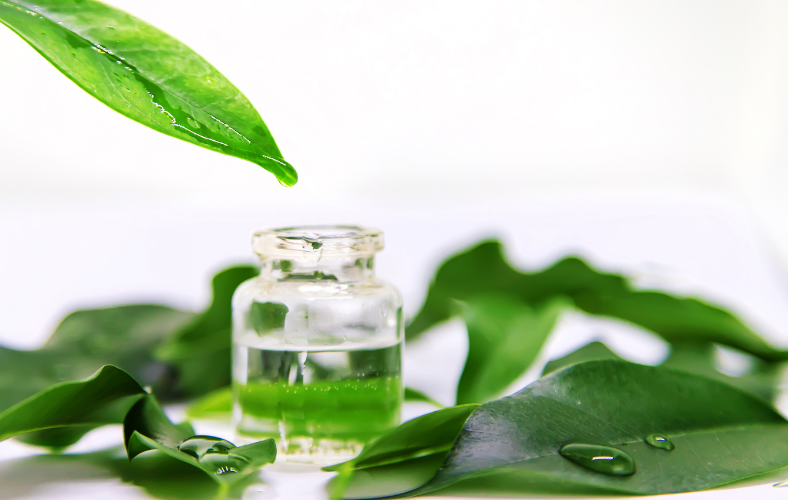
Originating from the leaves of the Melaleuca alternifolia, a plant native to Australia, tea tree oil is well-known for its strong antifungal and antimicrobial properties(1).
The active compounds within tea tree oil are a significant factor in its effectiveness. Among these, terpinen-4-ol stands out as a remarkable element. Terpinen-4-ol is a monoterpenoid component, mainly responsible for the tea tree essential oil's antimicrobial activity. It acts by disrupting the mold's cell membrane, leading to cellular content leakage and, eventually, cell death.
This characteristic enables tea tree oil to fight against a broad spectrum of mold species, enhancing its appeal as a natural mold-killing solution.
The best brand we know if can be purchased here from Amazon.
Clove Oil
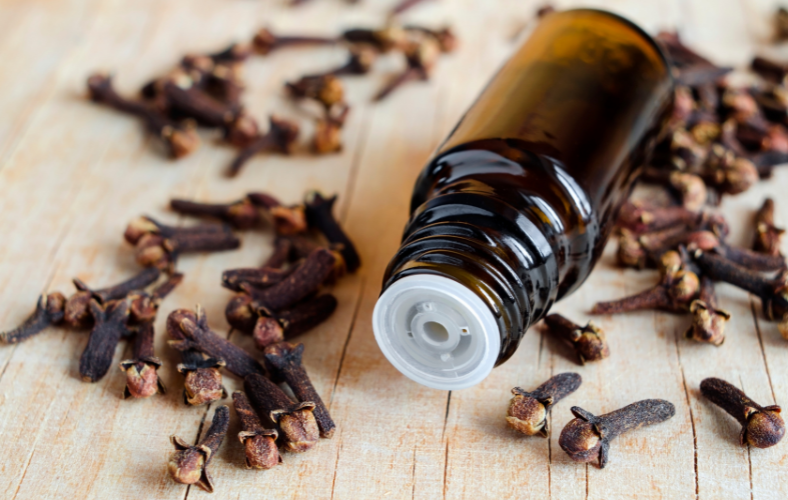
Derived from the aromatic flower buds of the clove tree, Eugenia Caryophyllata, clove essential oil is a potent natural remedy in various health and wellness applications. One of its standout features is its high concentration of eugenol. Eugenol is a compound that bestows clove essential oil with its signature strong, spicy aroma and its powerful antifungal and antimicrobial properties(2).
These properties make clove essential oil an effective weapon against various types of mold. This is largely attributed to eugenol's ability to disrupt the cell membrane and metabolic processes in fungal cells, thereby inhibiting their growth and proliferation. The potency of eugenol is such that it is commonly used in dental practices for its analgesic and antibacterial benefits.
A pure, undiluted clove oil can be purchased here on Amazon.
Eucalyptus Oil
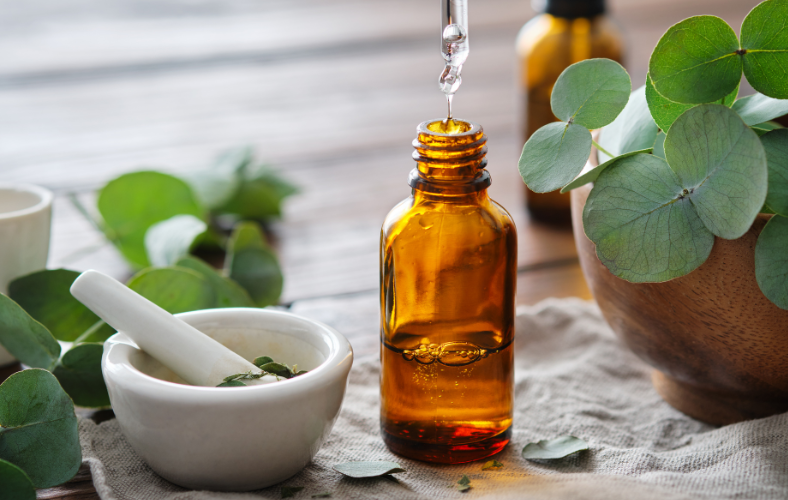
Endowed with compounds like 1,8-cineole (eucalyptol), eucalyptus oil showcases antimicrobial and antifungal properties(3). Its efficacy in battling mold growth is noteworthy, albeit not as potent as other essential oils.
Its fragrance is fresh, lending an invigorating note that combats musty odors effectively. Its use extends beyond just preventing mold spores – it's also renowned for its respiratory benefits. Ensure appropriate dilution before use, given its concentration.
Though not the most robust against mold, eucalyptus oil is valuable in maintaining a mold-free, fresh-smelling environment. Its additional health benefits underscore its utility in your essential oil collection.
A high quality 4oz bottle of eucalyptus oil can be found here on Amazon.
Lemon Oil
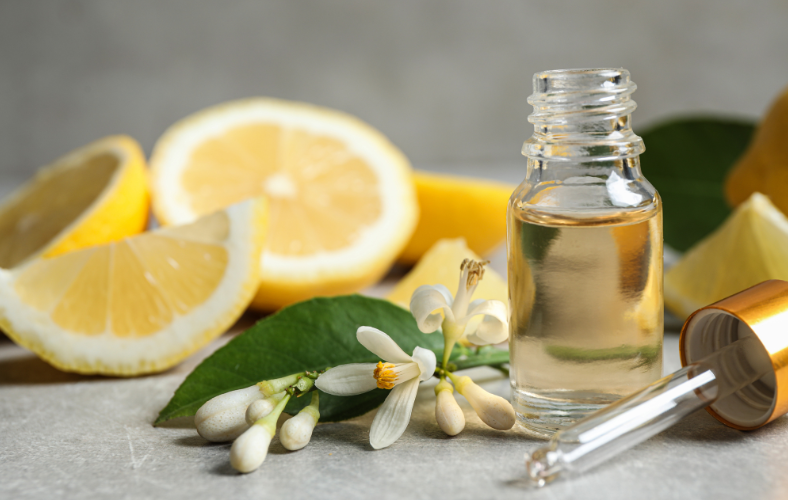
Lemon oil contains d-limonene, which is a terpene that exhibits antifungal and antimicrobial properties(4). Many cleaning products that are citrus scented contain this oil and it's part of what makes them so effective.
Lavender Oil
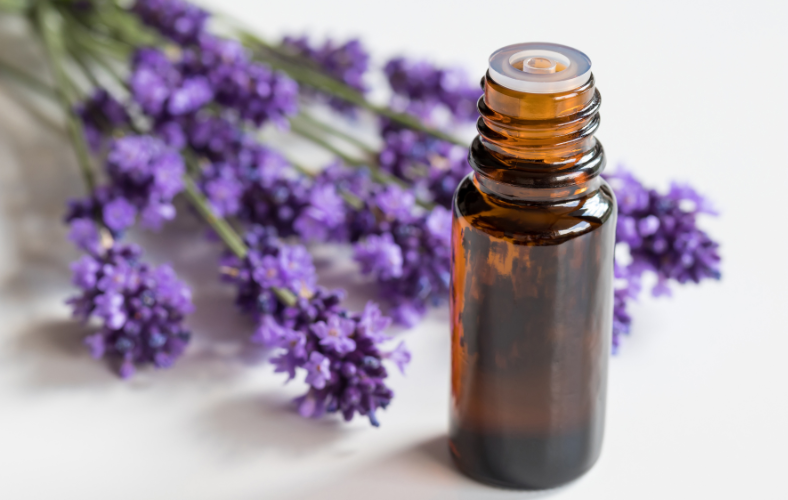
Lavender oil, how essential oils imbued with constituents like linalool and linalyl acetate, possesses a modest degree of antimicrobial and antifungal properties(5). Although it might not compete with the potency of other essential oils in annihilating mold, it still contributes to mold growth prevention.
A highly rated 4oz bottle can be had from here.
Cinnamon Oil
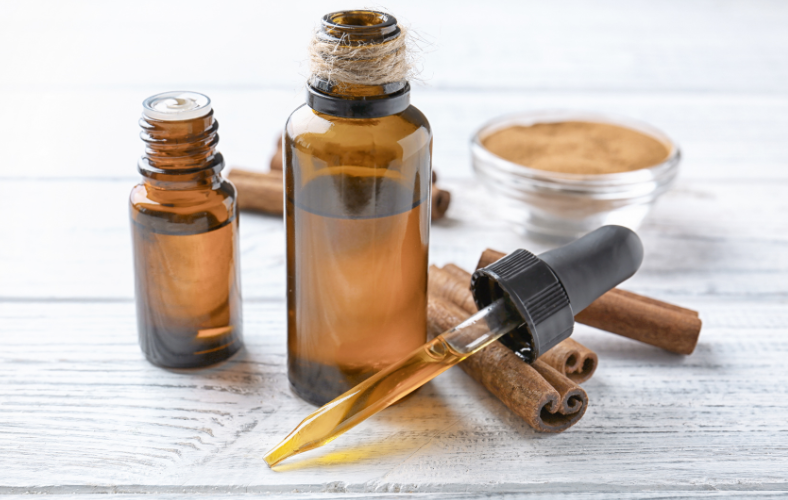
Hailing from the inner bark of the Cinnamomum zeylanicum tree, cinnamon bark essential oil is a potent force in the fight against mold. Its effectiveness lies in its rich cinnamaldehyde content, a compound that exerts remarkable antifungal properties(2).
Cinnamaldehyde is a natural organic compound that gives cinnamon its flavor and odor. Scientifically speaking, cinnamaldehyde displays considerable efficacy in combating various fungal strains, including those responsible for causing mold. Its antifungal mechanism of action involves inhibiting the growth and proliferation of fungal cells, thereby effectively stunting mold growth.
A 4oz bottle can be found here.
Other Notable Essential Oils To Kill Or Prevent Mold
Here is a list of other essential oils that deserve an honorable mention.
- Thyme oil
- Oregano oil
- Peppermint oil
- Lemongrass oil
- Orange oil
- Grapefruit oil
- Bergamot oil
- Cedarwood oil
- Pine oil
- Juniper berry oil
- Geranium oil
- Rosemary oil
- Frankincense oil
- Myrrh oil
- Sandalwood oil
- Basil oil
- Neem oil
- Clary Sage oil
- Patchouli oil
Sources
Carson CF, Hammer KA, Riley TV. Melaleuca alternifolia (Tea Tree) oil: a review of antimicrobial and other medicinal properties. Clin Microbiol Rev. 2006 Jan;19(1):50-62. doi: 10.1128/CMR.19.1.50-62.2006. PMID: 16418522; PMCID: PMC1360273.
BULLERMAN, L.B., LIEU, F.Y. and SEIER, S.A. (1977), INHIBITION OF GROWTH AND AFLATOXIN PRODUCTION BY CINNAMON AND CLOVE OILS. CINNAMIC ALDEHYDE AND EUGENOL. Journal of Food Science, 42: 1107-1109.
Schroder T, Gaskin S, Ross K, Whiley H. Antifungal activity of essential oils against fungi isolated from air. Int J Occup Environ Health. 2017 Jul;23(3):181-186. doi: 10.1080/10773525.2018.1447320. Epub 2018 Mar 8. PMID: 29516785; PMCID: PMC6060867.
Singh, Priyanka, et al. “Chemical Profile, Antifungal, Antiaflatoxigenic and Antioxidant Activity of Citrus Maxima Burm. and Citrus Sinensis (L.) Osbeck Essential Oils and Their Cyclic Monoterpene, Dl-Limonene.” Food and Chemical Toxicology, vol. 48, no. 6, 2010, pp. 1734–1740., doi:10.1016/j.fct.2010.04.001.

